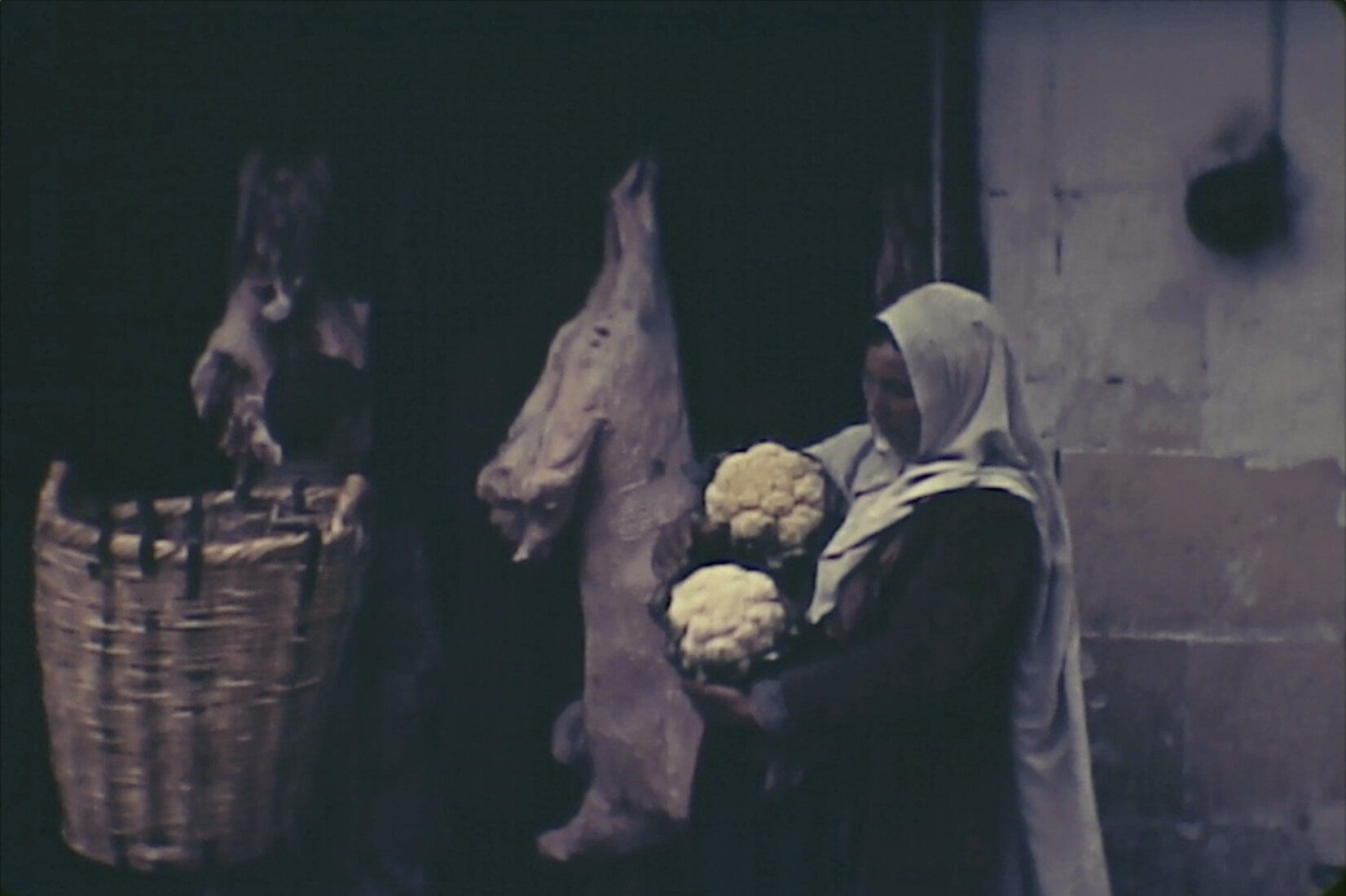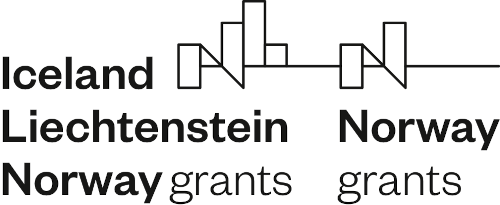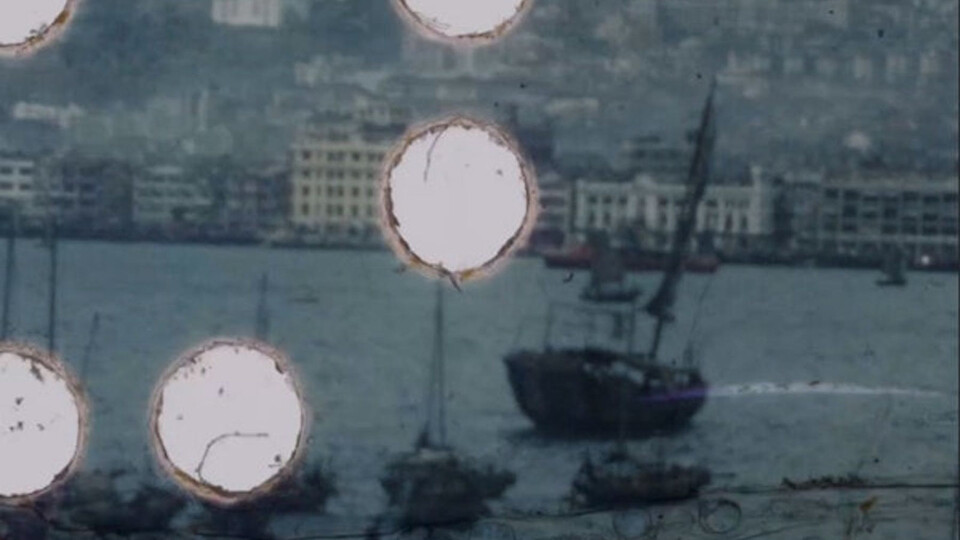Feminine mystique – Rewriting the female narrative in Terra Femme and Sava
This year’s 20th DokuFest offered over 200 films from all around the world across its 19 sections. These sections consisted of films focusing on human rights, the environment, and life in Balkan countries. Even though the festival took a hybrid form, the main venue was in the city of Prizren. There was a special non-competitive section «Terra Femme» focused on films about women’s points of view and their optics of looking at the world around us (either through women in front of the camera or ones behind it). However, the space for hearing the women’s voices loud and clear, bringing a different perspective, and finding a close connection with nature was explored in several films across sections.
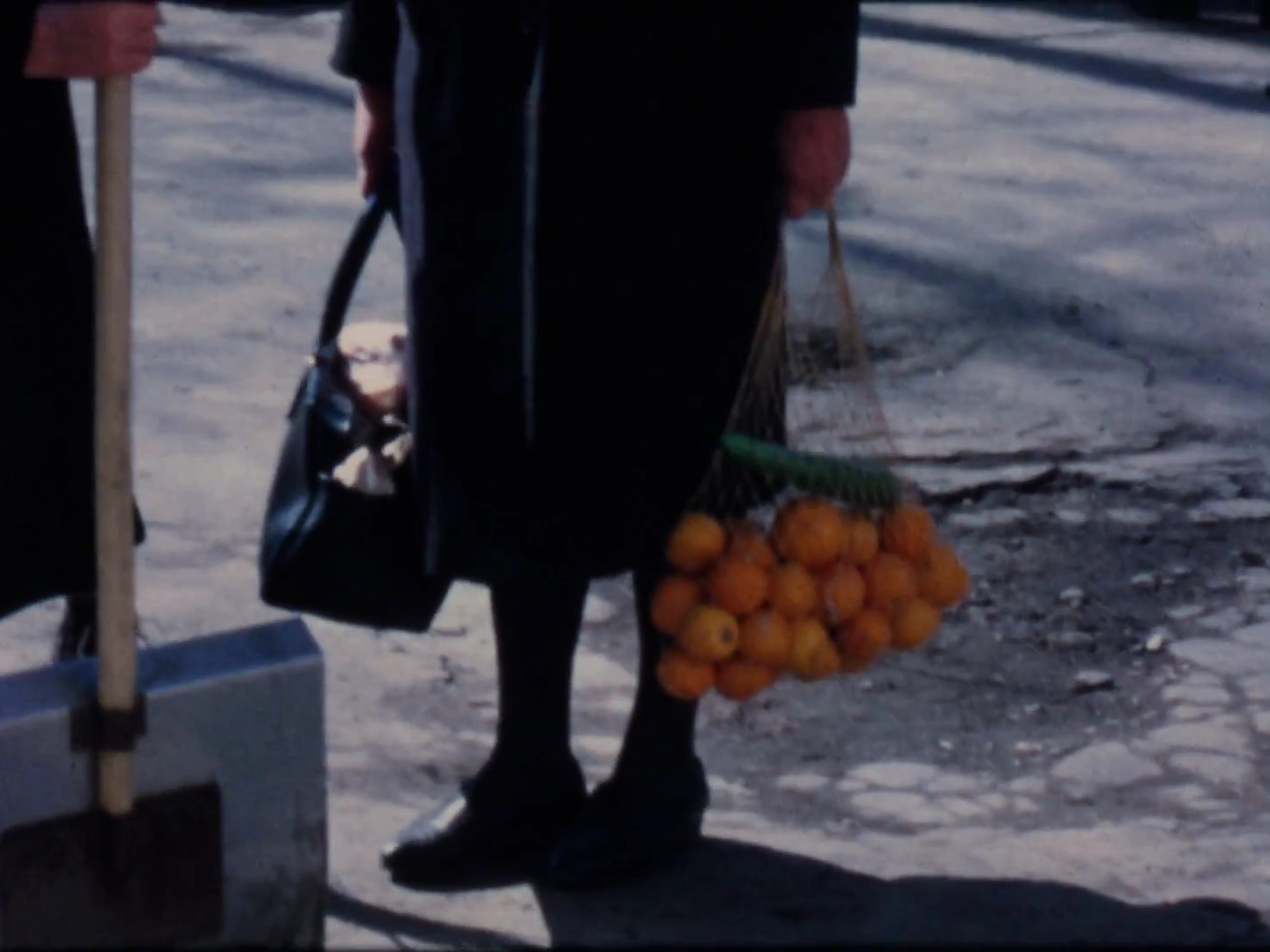
Terra Femme
The «Terra Femme» section is emblematically titled after the eponymous film by the American director Courtney Stephens. In this film, the author dives into archive footage of amateur travelogues between the second and the fourth decade of the last century shot by female directors. We don’t learn much about their motivations, the desire to make the films, or about the found footage itself – some of the directors remain thoroughly anonymous, while some of the films were found credited to their husbands. This pure authenticity and amateur enthusiasm radiate from these travelogues – the individual shots of cruise ships, cityscapes, or exotic places such as the Taj Mahal or traditional Nordic solstice celebrations. Subtle nuances reinforce the mentioned authenticity due to the lack of ambitions and plain desire to capture the joy of travel. This genuine passion not only creates a purely meditative impression and can make the viewer feel as if they are sitting with friends in the living room while being shown footage from a spent vacation, but it can also be valuable material for research into the development of stylistic patterns in the late silent cinema, which evolves with the contribution of self-taught enthusiasts, far from the shiny mainstream.
The amateurishness, rawness, and uncut sincerity seem to be more authentic than many professional documentaries. Moreover, Stephens refers to the tradition of travelogues as performative events during which a group of friends, acquaintances, or spectators gathered to listen to accompanying comments on the shots from the travels, mostly from the directors themselves. The screening was accompanied by a live spoken word, during which the author described the seen footage; by using montage techniques, she connected individual «stories» from the journeys of female directors and at the same time provided her own interpretation. She led a dialogue with women on screen and wondered about their motivations and artistic ambitions. She eventually reflected her own attitude to filmmaking as the individual travelogues should initially serve Stephens as an inspiration for her own film about travels in India, which have never been made. Her interpretation and commentary build on the performative aspect of live lectures as such and develop it while pointing out the female perspective.
“Her interpretation and commentary not only build on the performative aspect of live lectures as such but also develops it while pointing out the female perspective.”
Such perspective can be perceived very closely in harmony with nature – individual shots stand out through attempting to capture not only the transience of the moment but also the grandeur of nature and its indomitable energy, which through montage creates parallels with untameable femininity, that seems to be inseparably linked with mother nature. Shots of the original inhabitants – women in traditional costumes – are not captured in any pandering or objectified way. Their place in the mise-en-scène is as important as the natural scenery that surrounds them. During the Q& portion, the director herself called it “the reappropriation of the female gaze.” And indeed, as contemporary cinema viewed the world of nature and the people in it from a male perspective which is, after all, the dominant view in cinema to this day, Stephens shows that some films tried to take a different route. Her rewriting of the female narrative is noticeable, especially in her subjective commentary, which follows the entire performance. It speaks even more intensively (figuratively and literally) to the viewer. It offers a deeply meditative and unusual experience that resonates in them, thanks to, among other things, the unique approach of (mostly) anonymous directors, whose femininity is equally elemental and unfettered as is nature itself.
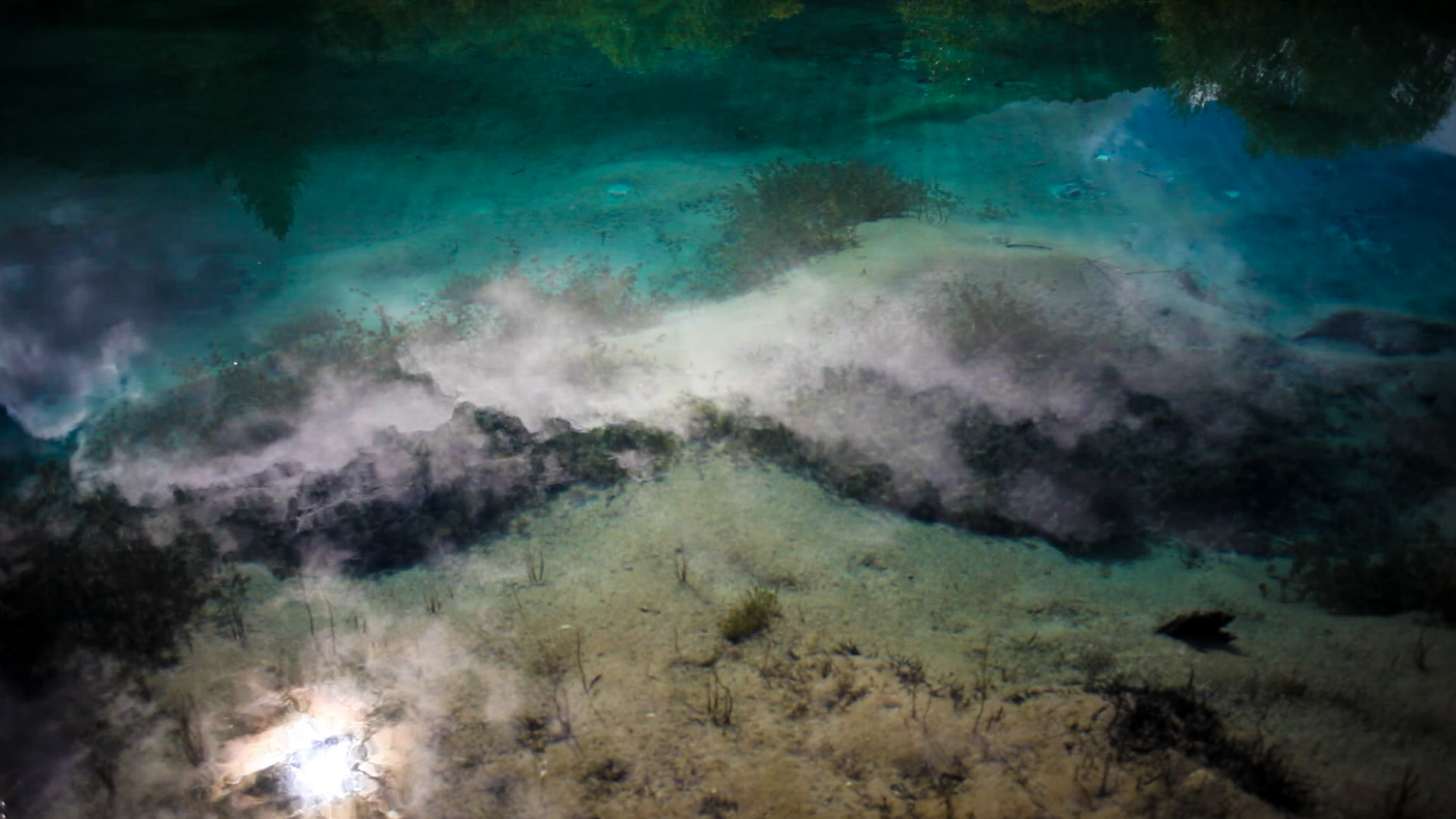
Sava
This perception of female nature in a similar way is the subject of Sava by the British documentary filmmaker Matthew Somerville, which was part of the «Balkan Dox» section. It tells, in the form of short episodes, the stories of people living in the Sava river basin – the longest river in the former Yugoslavia, which stems from Slovenia and flows through Croatia, Bosnia, and Herzegovina, and Serbia to its mouth, where it flows into the Danube. In this film, the connection with nature and feminine energy are quite literal – the river becomes the main character and narrator, lent voice by the recently deceased actress Mira Furlan. Her role is not only a link between individual micro-stories (as a total of 11 stops along the Sava River are somewhat hectic and perhaps too fragmentarily squeezed into the 70-minute footage), but she also takes a central place in the film. For some characters, she is a reminder of times long past. For others, a lifelong muse is an untamed and unpredictable element that underlines the transience of their lives. She is a river connecting nations, but at the same time, she is also an insurmountable border that separates people from each other, making her a link not only within the film but also outside it. Sava’s mythical aura is built on these contrasts, accompanied by camerawork emphasizing her never-ending journey from the source to the mouth. She belongs «only to herself,» and the people around her exist, they live by her side, and then they die and cease to exist. Only Sava is still present.
The use of drones distance the viewer while allowing the real grandeur of the stream to stand out. In contrast, the cinematographer and director in one person use a handheld camera for underwater shots, which, with Furlan‘s enchanting and mysterious voice-over, essentially achieve perceptual subjectivity. Sava thus becomes not only a ubiquitous entity that affects the lives of all the characters in the document (and each one of them has a strong personal connection to her), her point-of-view shots essentially separate her from inanimate nature, and the female voice combines majestic and elemental natural power with femininity. That interweaving is symptomatically connected to the subjective female optics – which, in this case, are represented by Mira Furlan as the screenwriter.
Merging of man with nature is, therefore, a significant motif in both films – and while in the case of Terra Femme this connection is more subtle and is contained more in nuances of how women are being depicted in travelogues and the feminine optics they see of nature, Sava is much more literal in this respect. At one stop, we meet a man who regularly goes to the river to swim. The medium close-up shots of the swimmer cutting to point-of-view shots of Sava shot by handheld camera make this fusion explicit. Likewise, an elderly artist confesses his love for Sava and its inexplicable attraction for the river as a lifelong muse. His wife then tells an amusing story about how, as the groom, he had disappeared on his wedding day and was not to be found for dozens of minutes because he had to swim before the big event and promise his eternal love and loyalty to Sava. This cheesy romanticizing episode, however, again points to the merging of man and nature and, through the artist’s love, attributes feminine energy to the inanimate entity, which – although slightly distorted by male optics – corresponds to the interconnectedness of female animalism and nature in Courtney Stephens’ film.
Although each part of a different section, both films focus on the position of an individual in nature that surrounds them, their relationship with it, and their mutual bond, which they depict in different ways. Nevertheless, the feminine energy plays an irreplaceable role in the films, and the women’s perspective view through feminine optics looks cleansing, fresh, and at the same time completely logical and natural.
---
This article is a result of the project Media and documentary 2.0, supported by EEA and Norway Grants 2014–2021.

